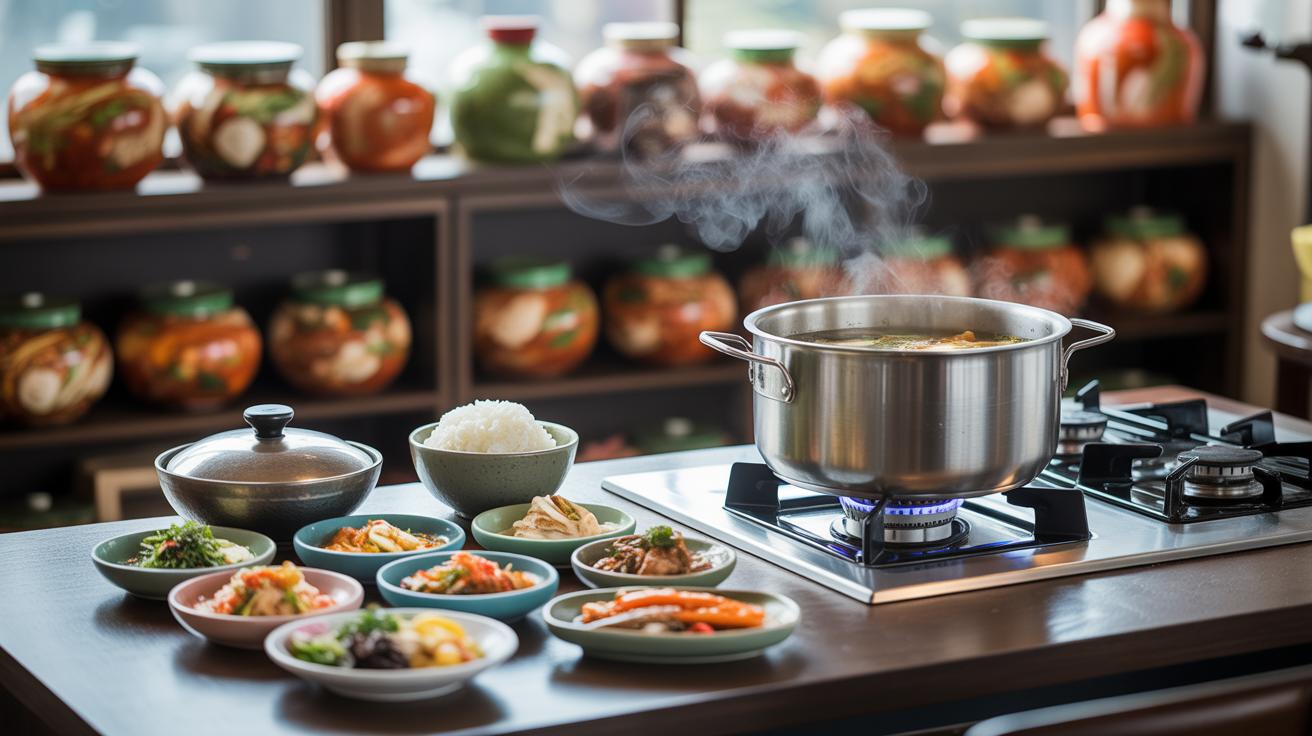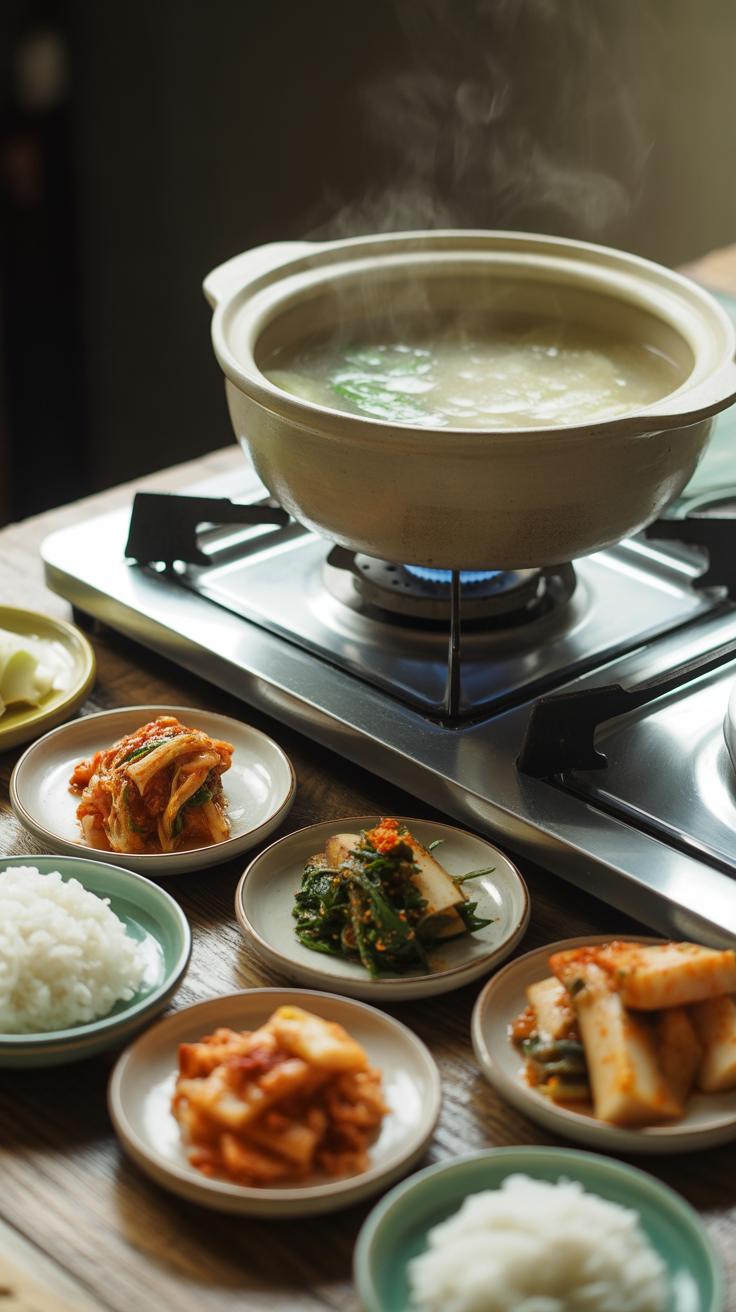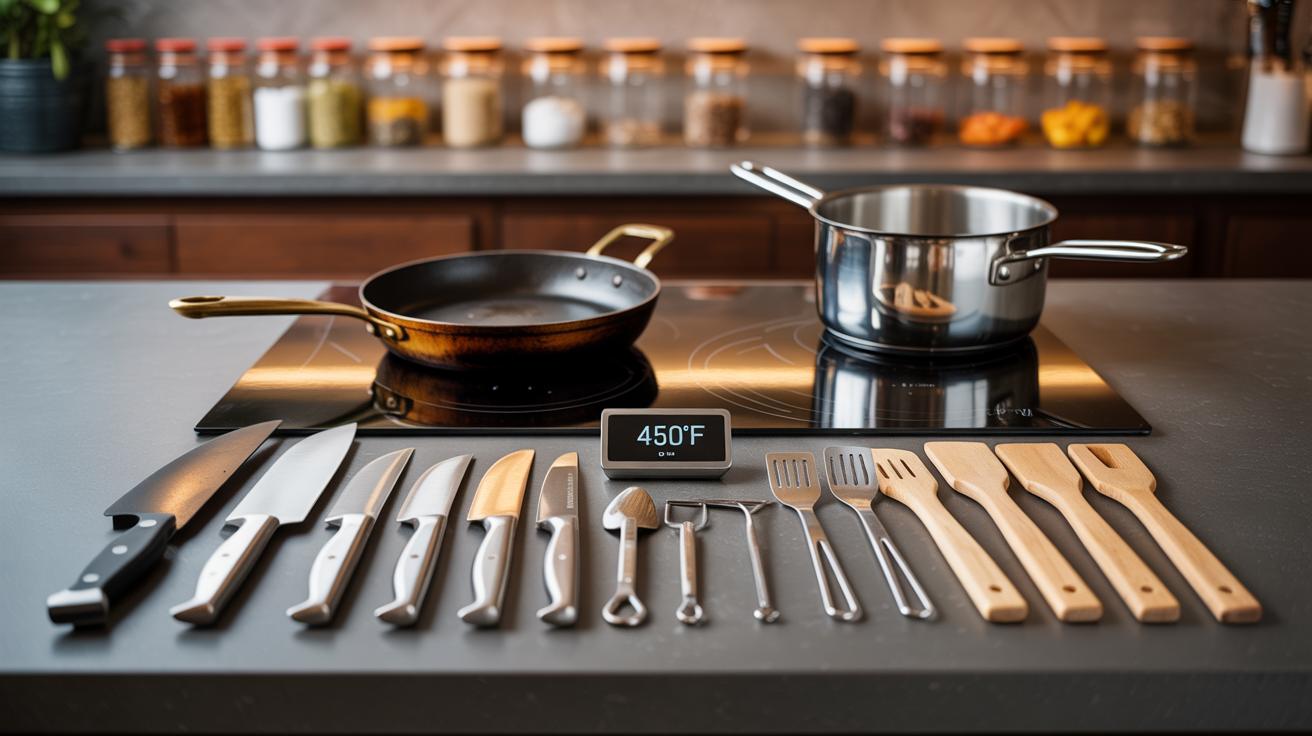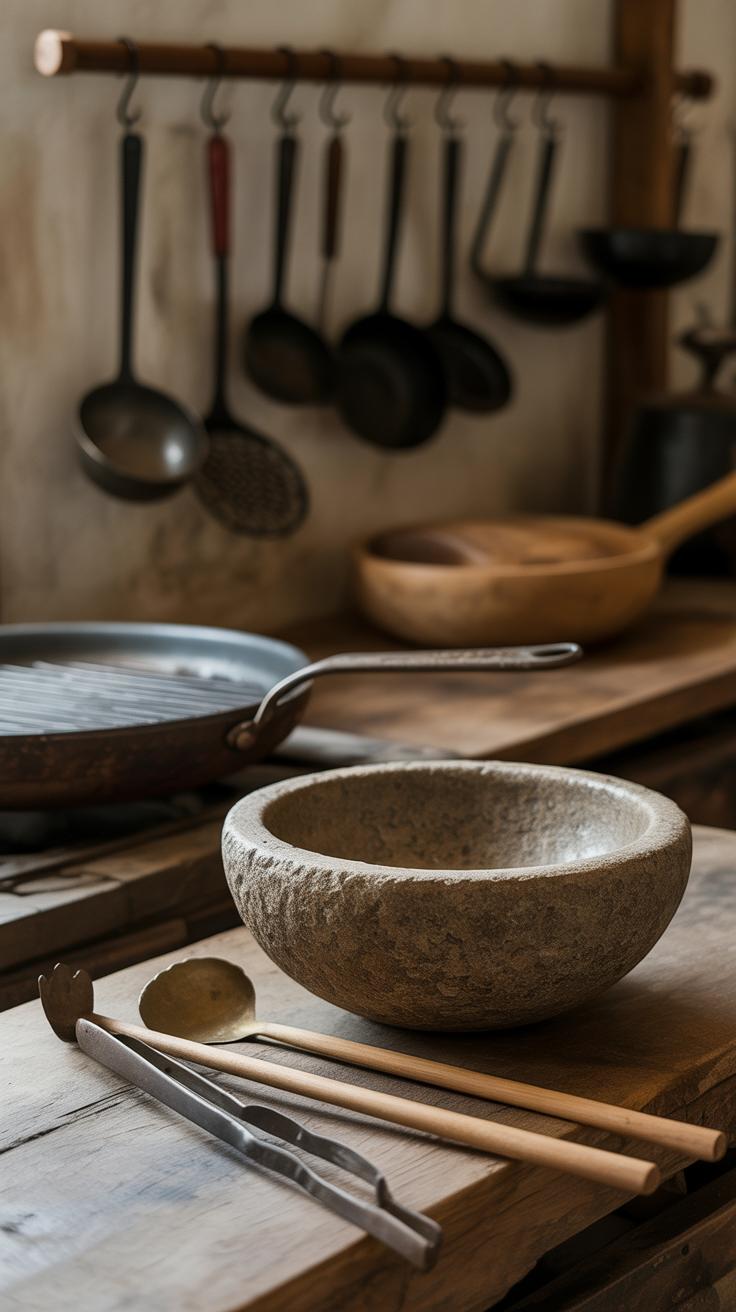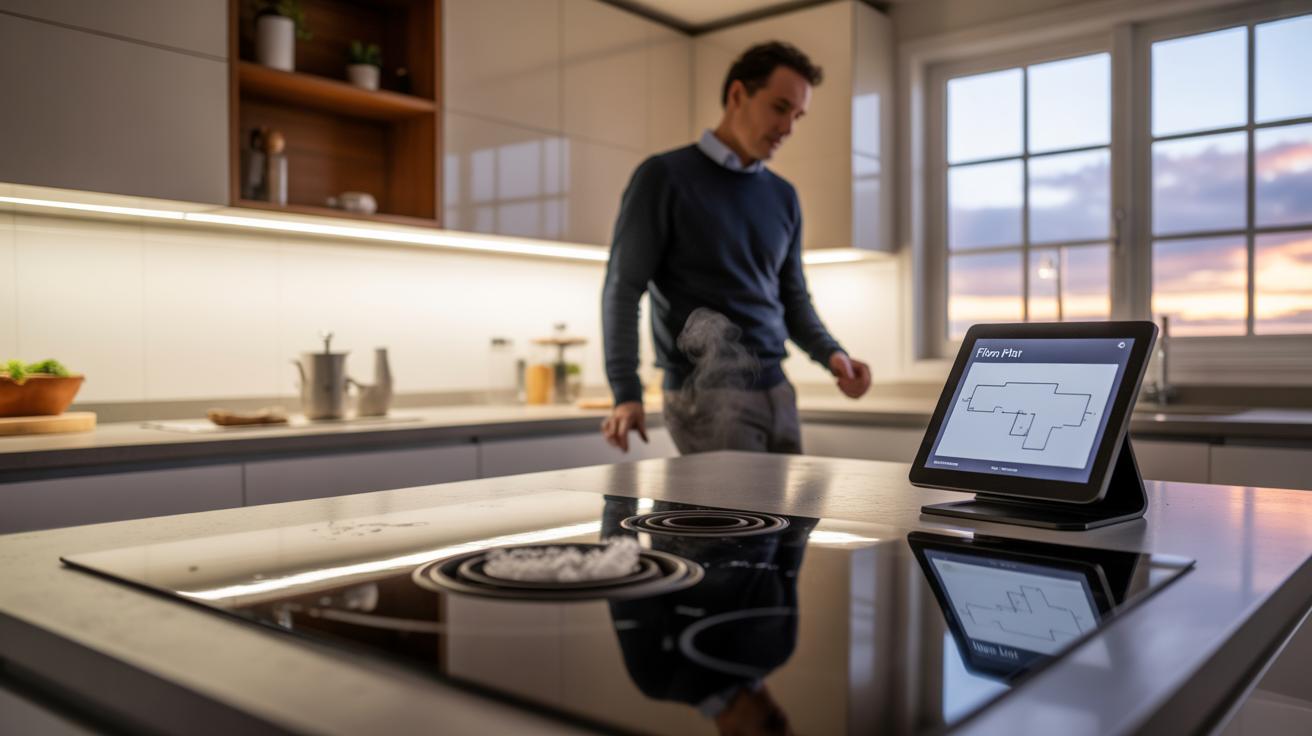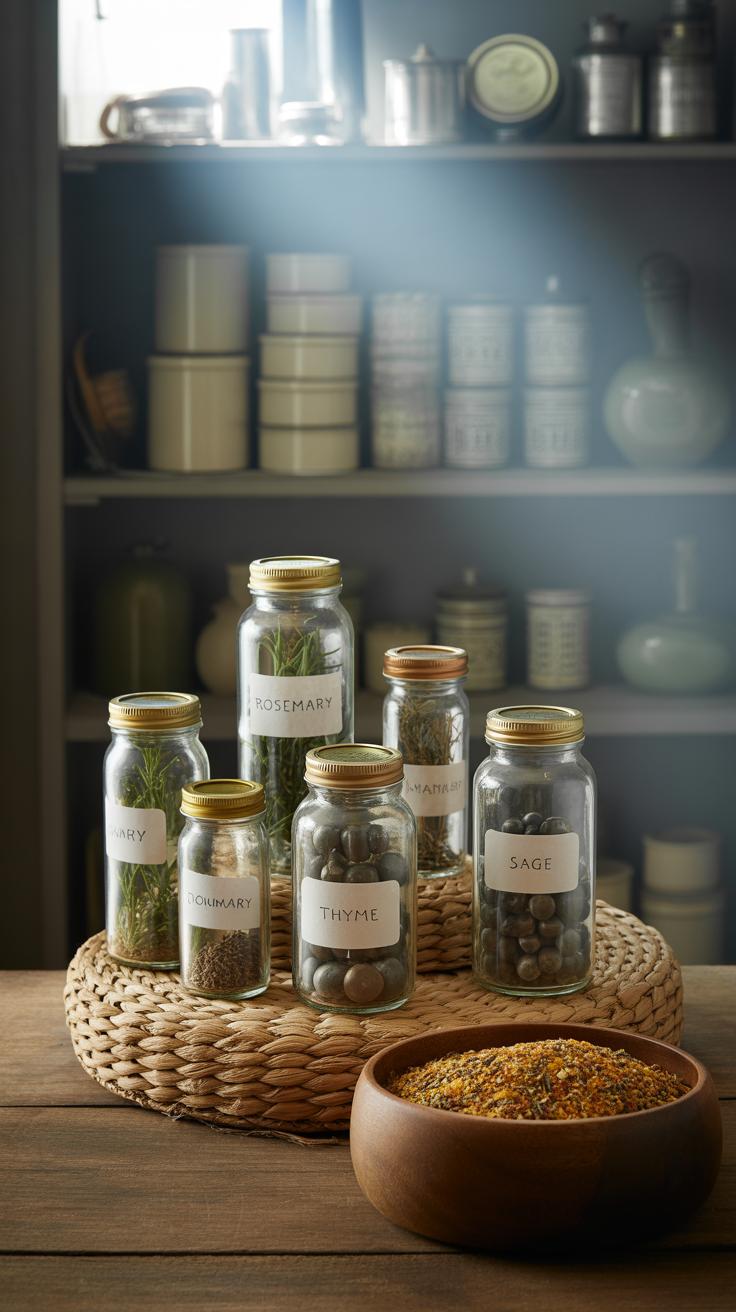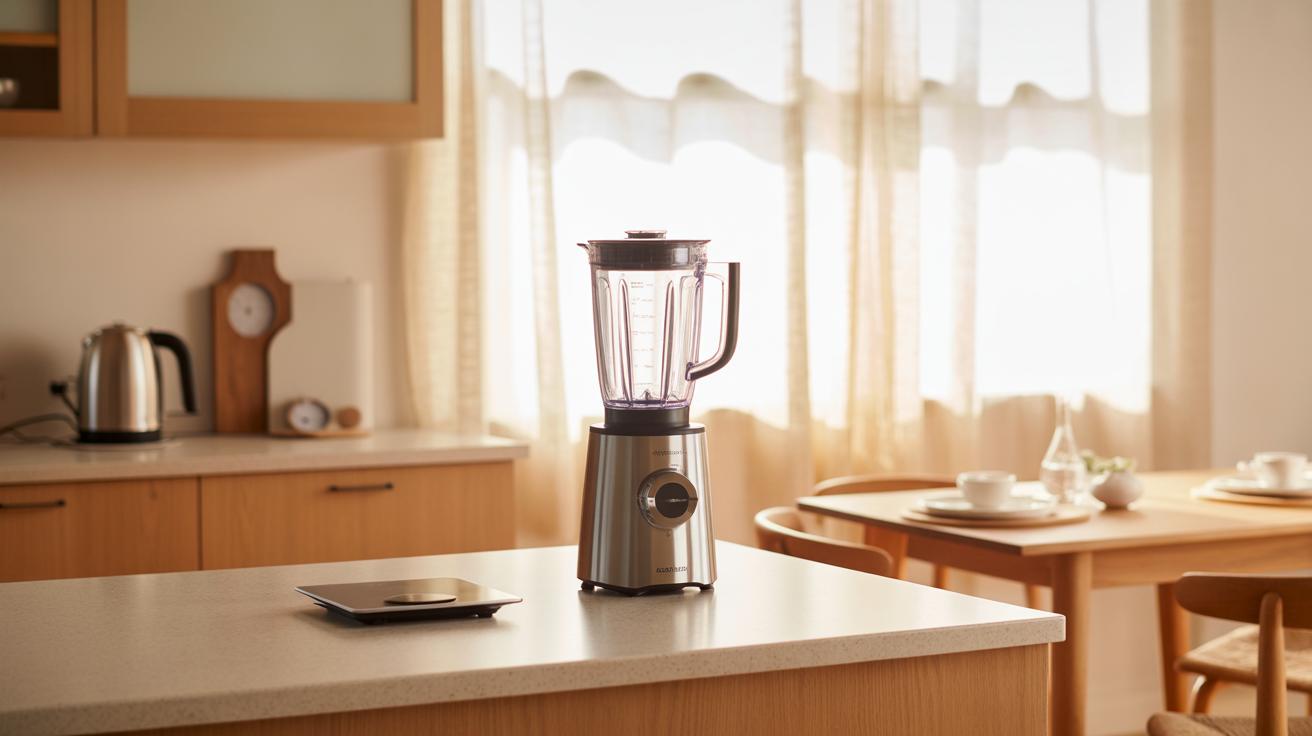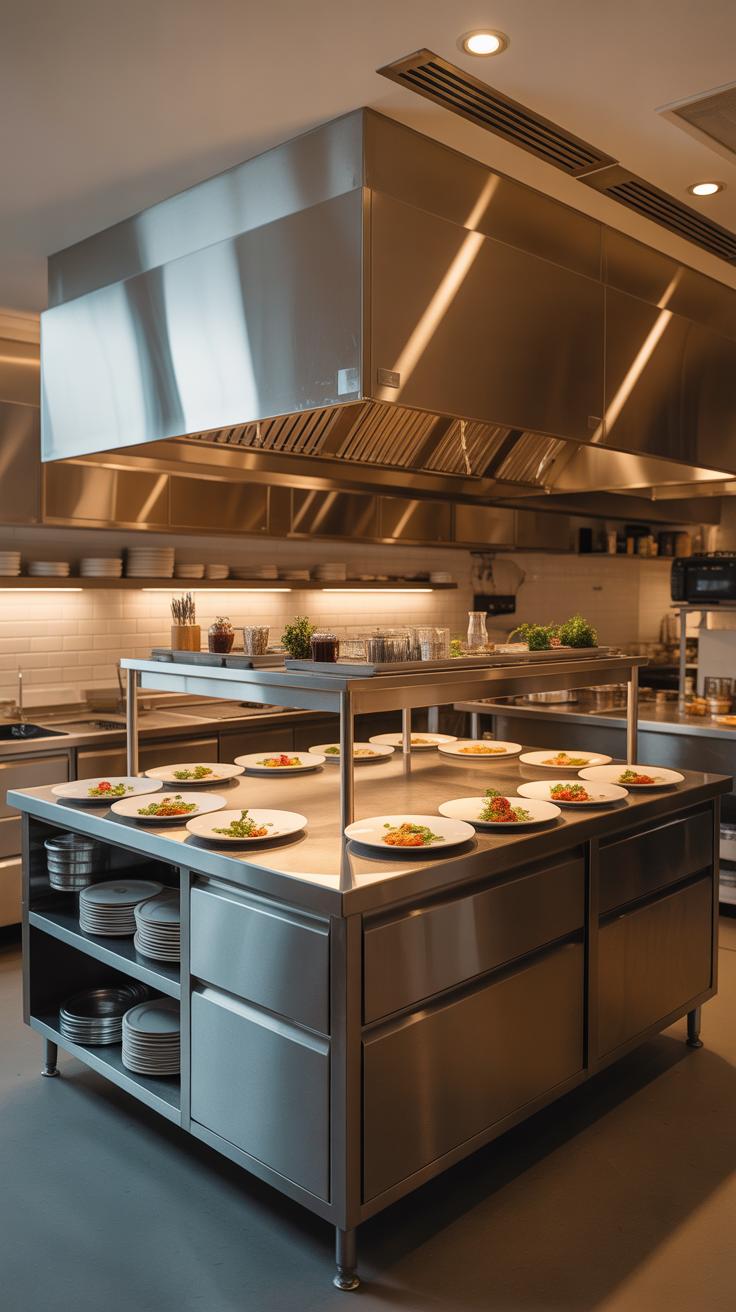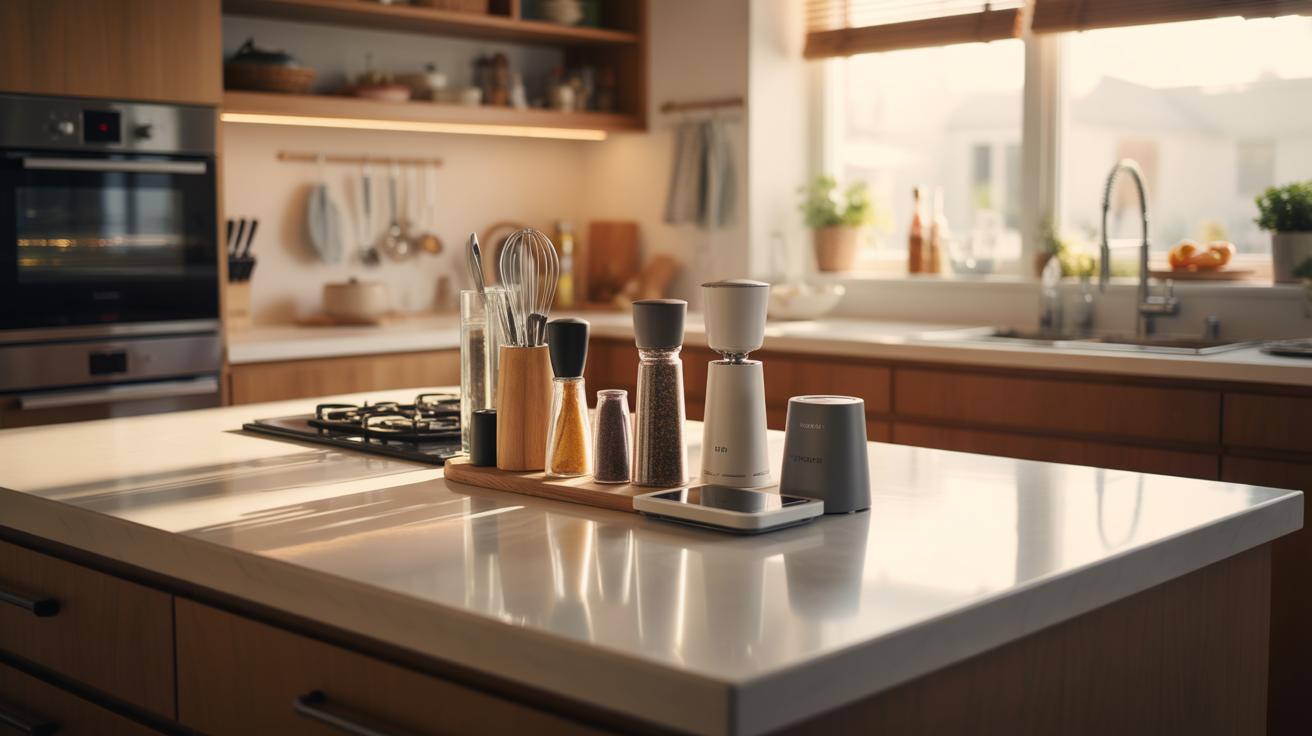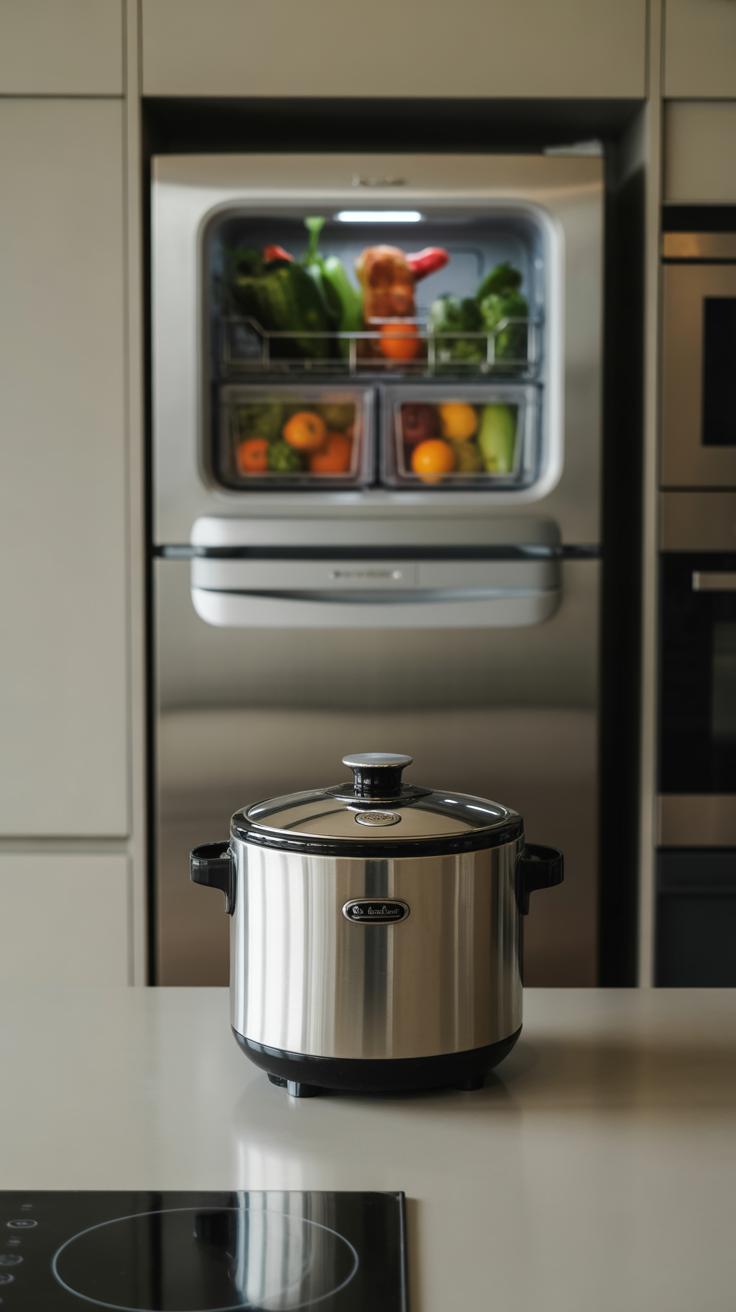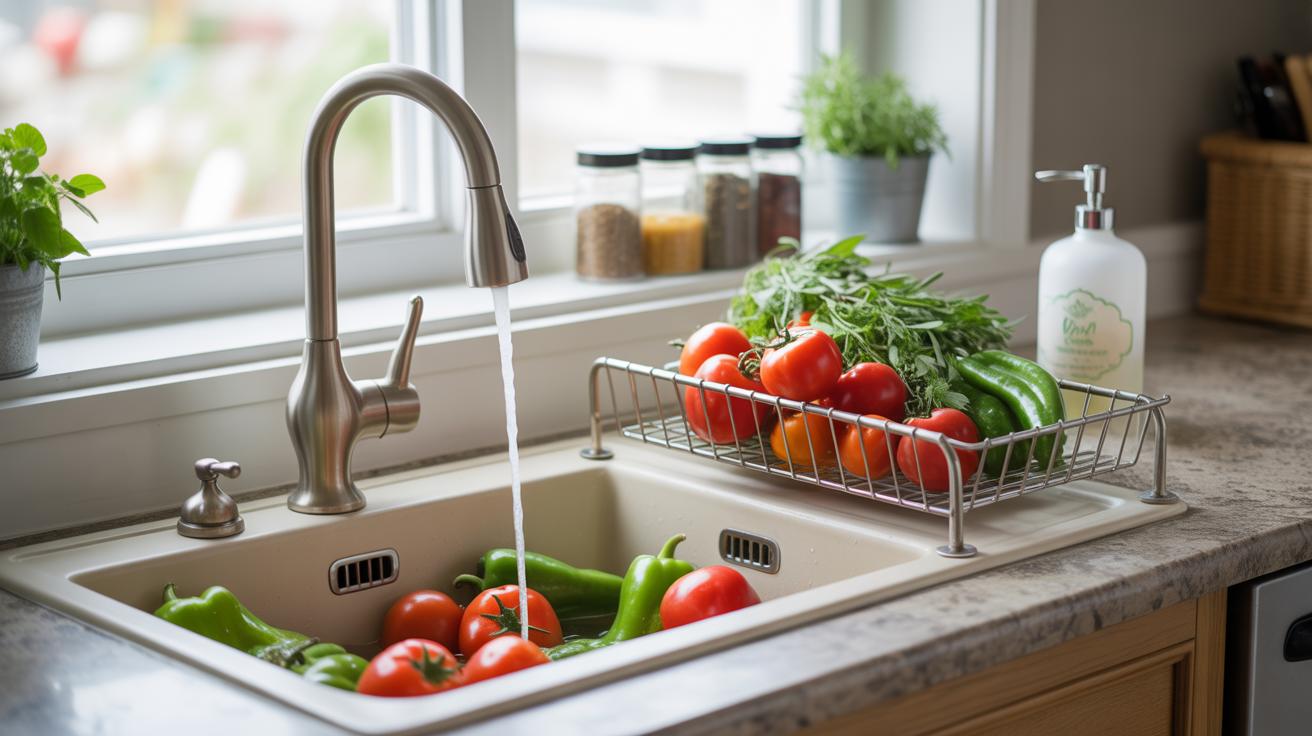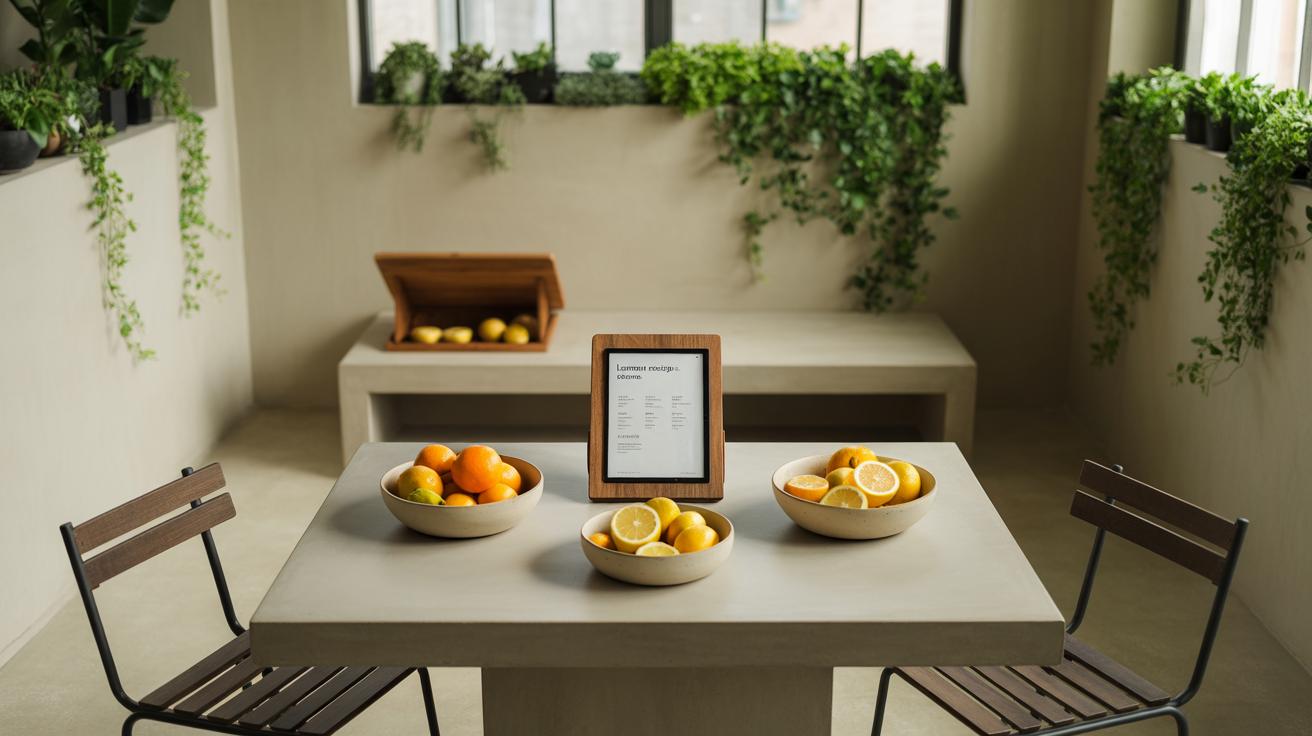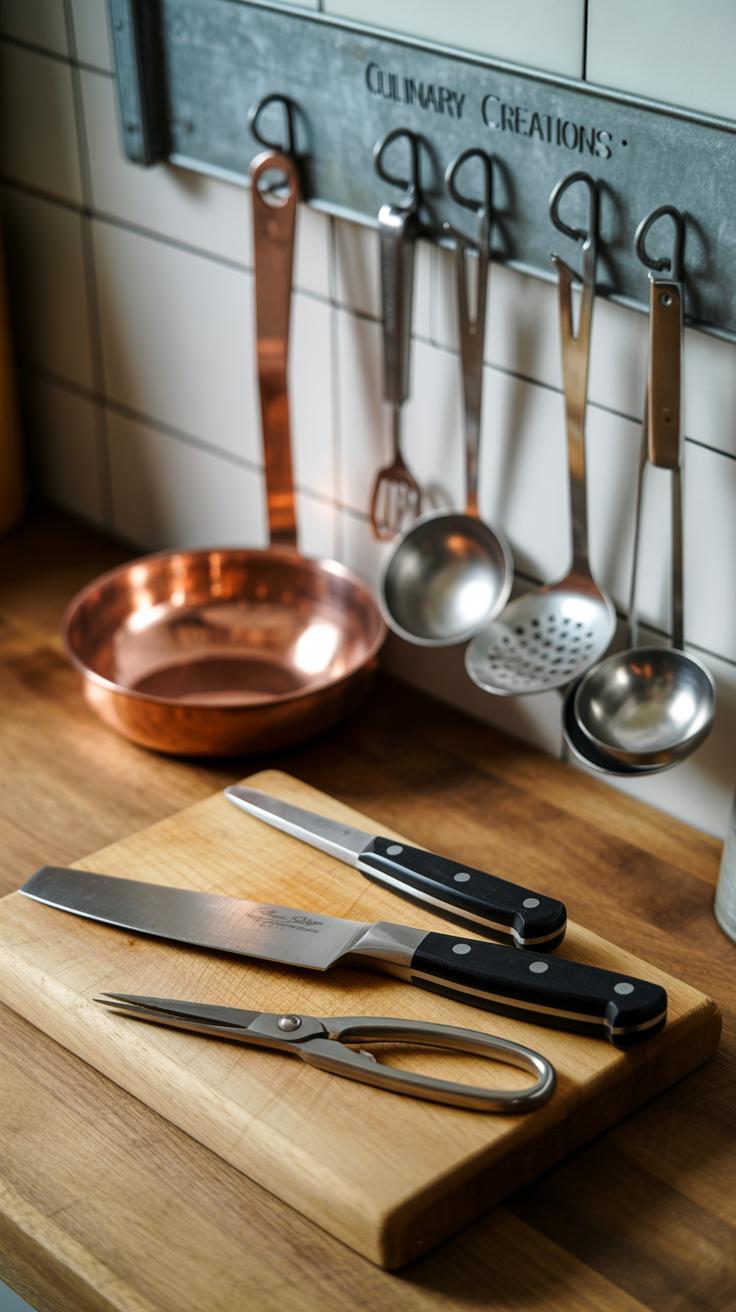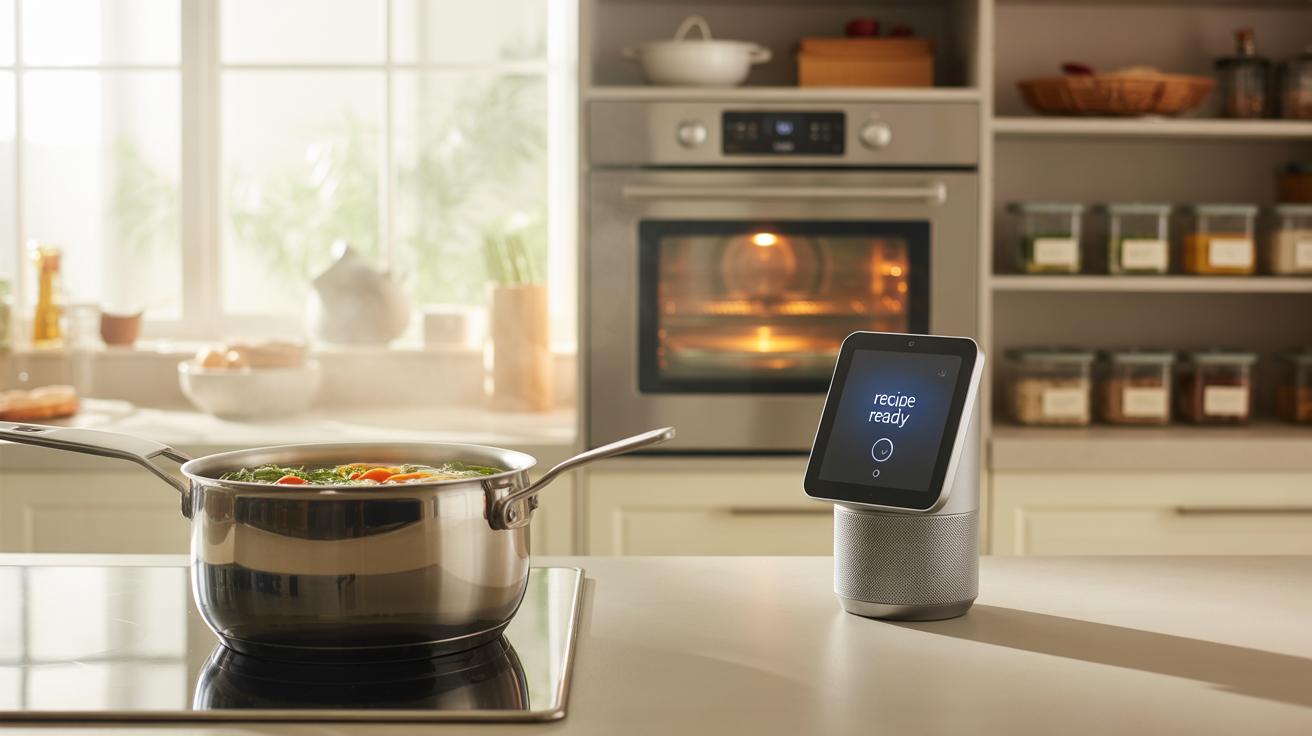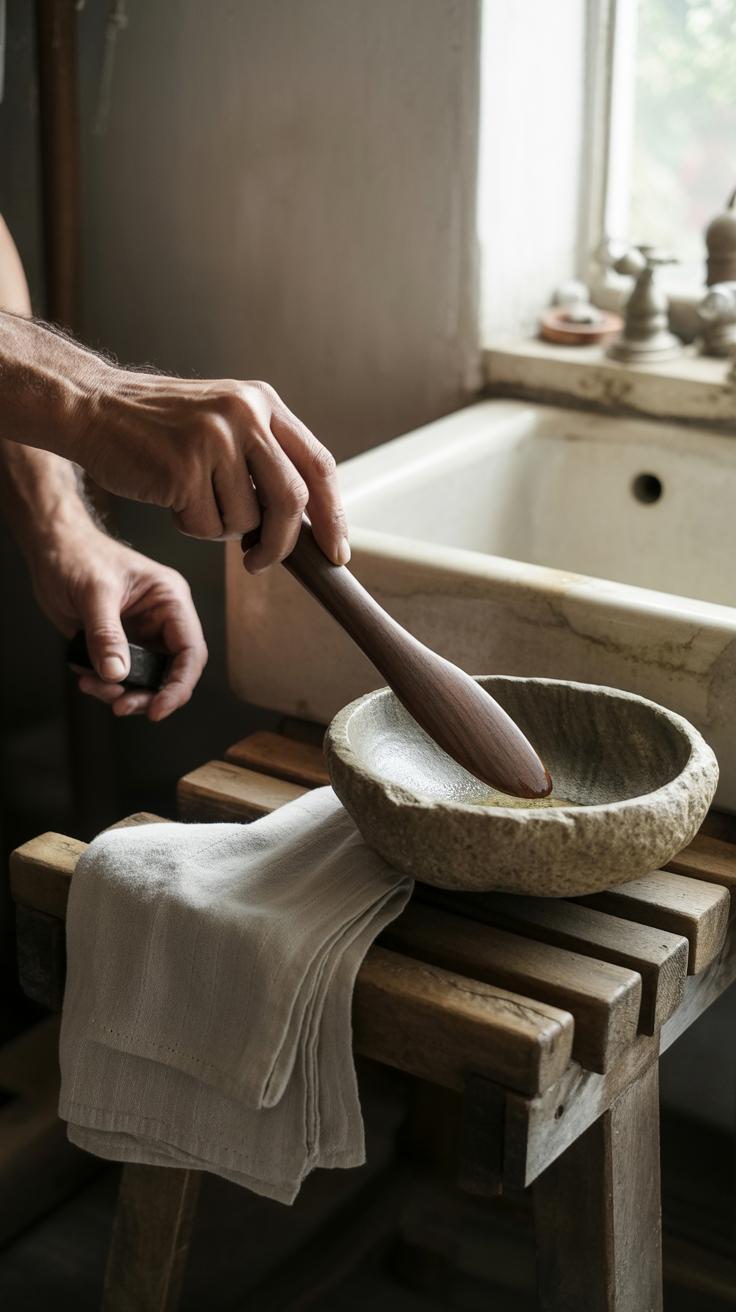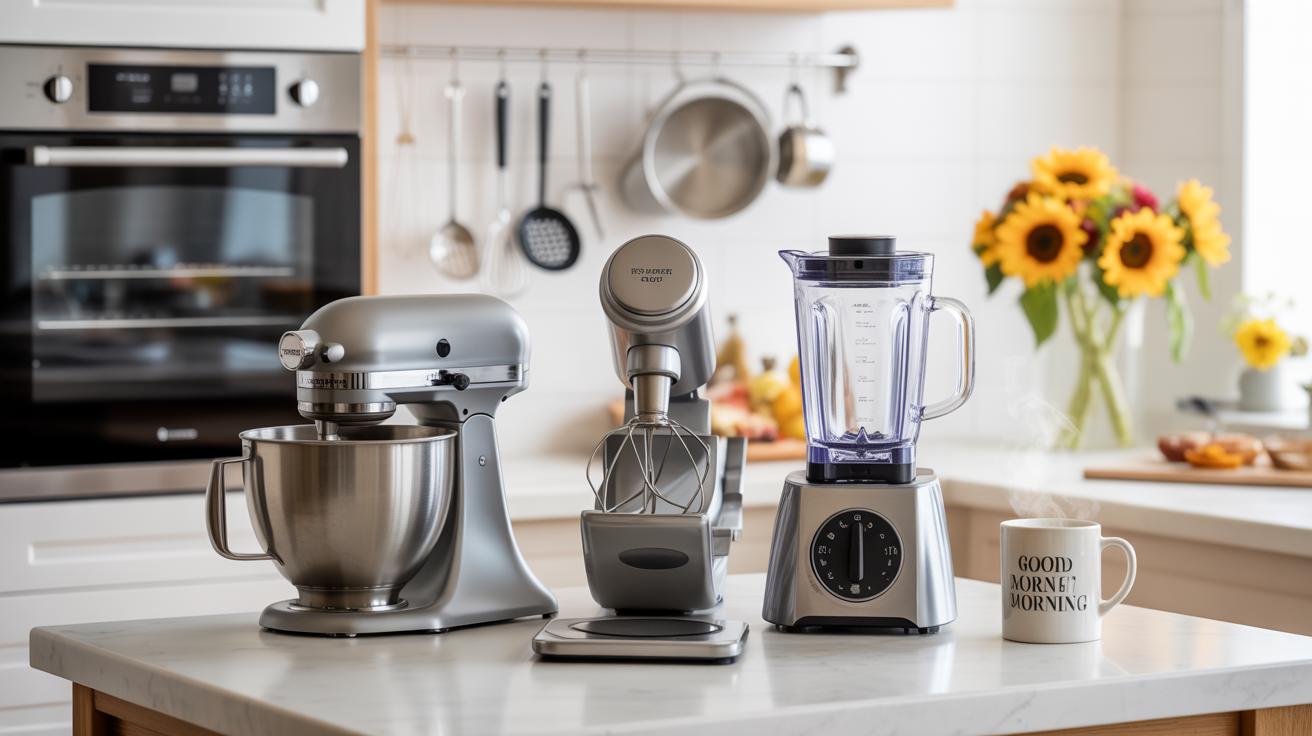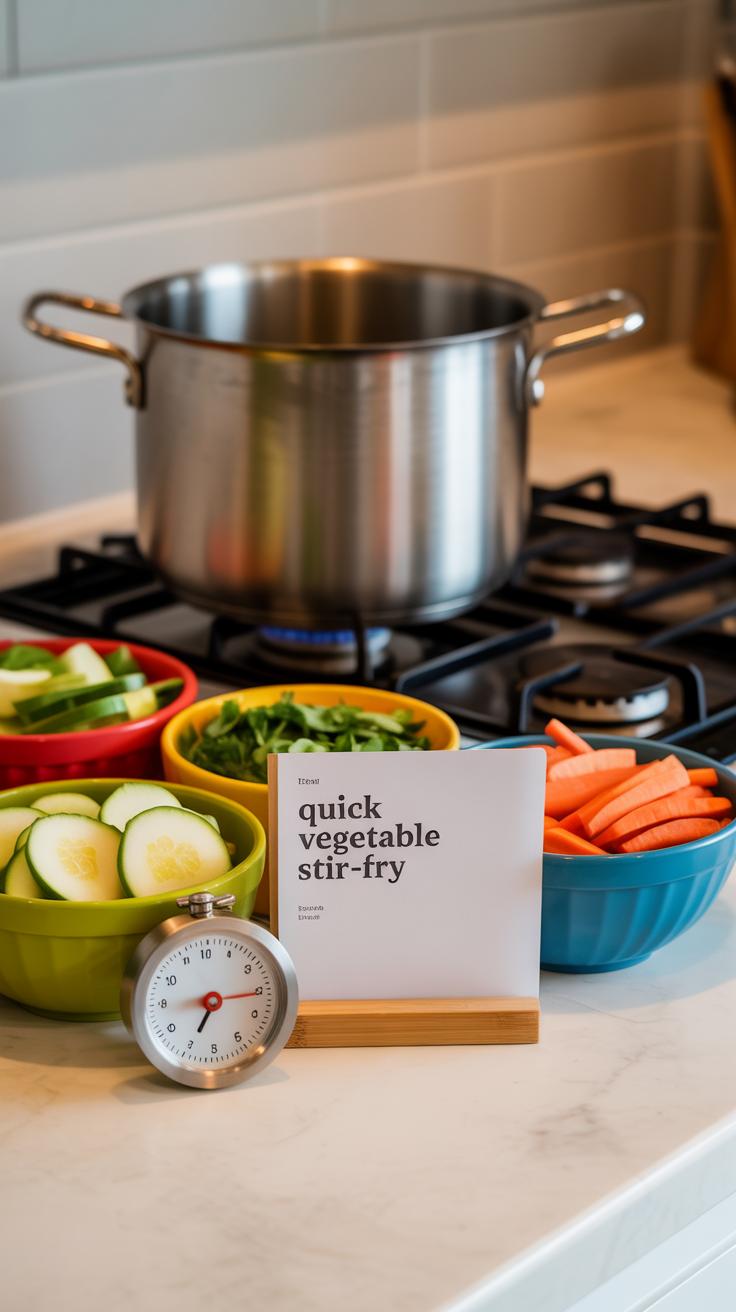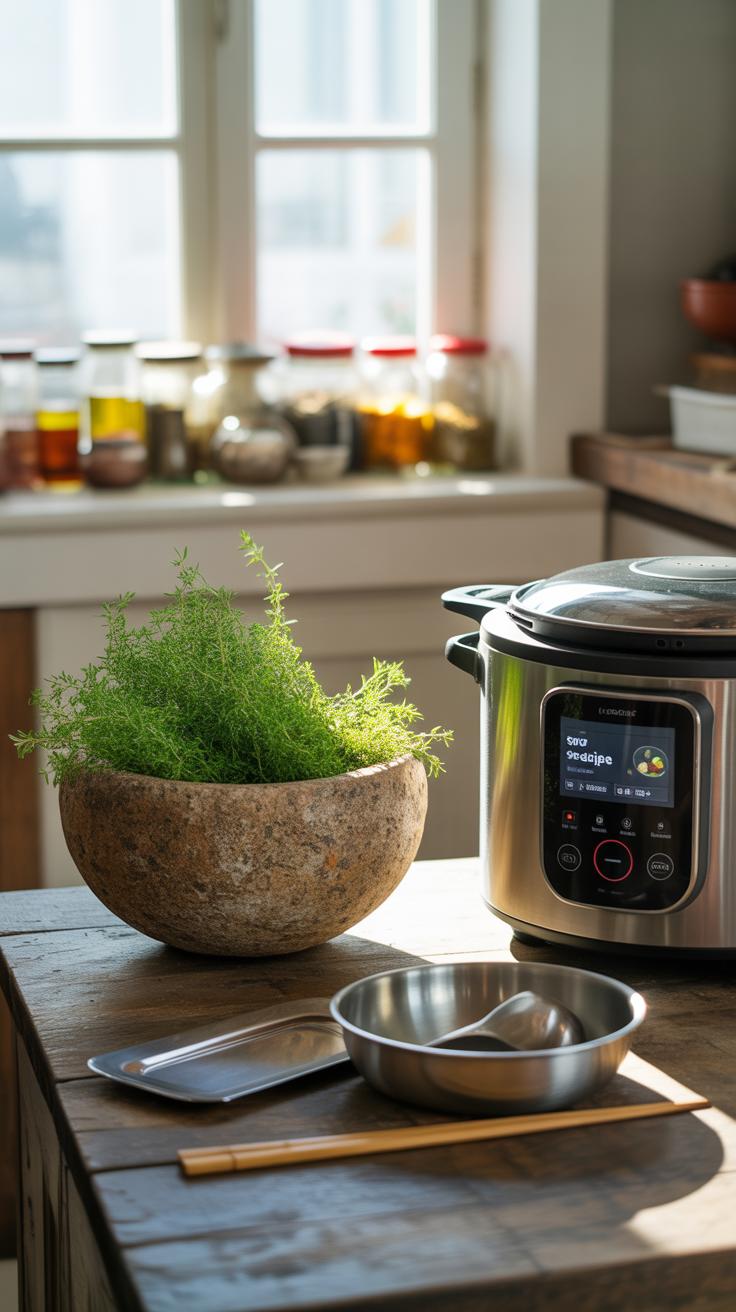Introduction
Korean Kitchen Essentials For A Smart Modern Setup focus on the tools and arrangements that make Korean cooking simple and enjoyable. These essentials reflect the rich history and vibrant culture of Korean cuisine. Whether you are new to Korean cooking or an experienced chef, understanding these basics helps you cook your favorite dishes easily at home.
This article explores important traditional and modern kitchen tools used in Korea. You will learn how to arrange your kitchen for efficient cooking and discover items needed for everyday Korean meals. This setup guides you to prepare authentic Korean food and experiment with new recipes confidently.
Understanding Korean Cuisine Basics
Korean food revolves around a few core ingredients that shape both the flavors and the cooking setups. Rice, kimchi, and gochujang stand out as daily essentials, each requiring specific preparation and storage methods. For instance, rice demands a good quality rice cooker or pot designed to achieve the correct texture, since fluffy grains are vital. Kimchi, a fermented staple, calls for containers that allow controlled fermentation, which influences your kitchen storage choices.
Speaking of gochujang—the spicy red chili paste—it’s often used in marinades and sauces, so you’ll find yourself reaching for sturdy bowls and ladles to mix and distribute it evenly. Without these, your cooking rhythm might feel off, as these ingredients don’t just flavor the food; they shape how you cook.
Korean cuisine relies heavily on a few traditional cooking methods. Fermenting, for example, isn’t just about preserving—it’s a nuanced process that impacts the depth of flavor in dishes. Grilling appears everywhere too, whether at home or in Korean barbecue settings, emphasizing the need for specialized grills or pans. Then, there’s stewing, which calls for thick, durable pots to hold long-simmering broths full of bold tastes and textures.
These methods also influence tool choices. Stewing requires heavy-duty pots like the classic ttukbaegi clay pot, which retains heat well, while grilling means you need grills that manage high temperatures with ease. Fermentation, meanwhile, pushes for containers that can handle expanding gases without going messy. It’s a balance—you want equipment reliable enough to deal with these demanding processes but also flexible enough for everyday use.
So, thinking about your setup, have you considered how these ingredients and methods really shape your kitchen’s function? The right tools make all the difference, turning what might seem complex into a manageable—and maybe even enjoyable—daily routine.
Essential Korean Kitchen Tools
Pots and Pans for Korean Dishes
The gamasot is probably the most recognizable piece of cookware in a Korean kitchen. This heavy, thick-walled pot is perfect for slow-cooking rice and stews. Its weight helps distribute heat evenly, allowing flavors to develop deeply. If you’ve ever had properly cooked short-grain rice, you know it makes a noticeable difference—something the gamasot delivers well.
Stone bowls, or dolsot, serve a dual purpose. You can cook and serve in them. They retain heat intensely, keeping dishes like bibimbap piping hot long after they’re off the stove. The crisp rice crust they form at the bottom adds a subtle texture you’ll find hard to replicate without one. Other pans, like simple flat skillets or shallow pans, are common for pancakes and stir-fries, but gamasot and dolsot often take center stage.
Knives and Cutting Tools
Korean cuisine demands precision and speed in prep, and the right knives make a big difference. The standard chef’s knife is a workhorse, but the cleaver stands out. It’s not just for heavy chopping but also for slicing vegetables neatly and quickly. The broad blade can scoop up ingredients, making moving chopped items easier—a little detail I miss when I don’t have one.
Paring knives and small utility knives are crucial too, especially for delicate tasks like trimming anchovies or fine julienne cuts for dishes like japchae. Some cooks might lean more on scissors for trimming or cutting kimchi cabbage into bite-size pieces, showing how versatile the cutting tools get in actual use.
Korean Fermentation Equipment
Kimchi Storage and Fermentation
Fermenting kimchi isn’t just about the ingredients; the containers you use play a huge role. Traditional onggi earthenware jars have been the go-to for centuries. Their porous clay walls let air circulate, which helps with the lactic acid fermentation, giving kimchi its characteristic tang. These jars also maintain steady temperatures, something modern refrigerators struggle with.
Today, many people opt for specialized kimchi fridges designed to keep ideal fermentation temperatures and humidity levels. Some models even have compartments that allow you to store different varieties at once, so your spicy cabbage doesn’t cross-flavor with radish kimchi. Though, if you prefer simple methods, large glass or ceramic jars with airtight lids can suffice, but the flavor won’t quite develop the same way.
Fermenting Pastes and Sauces
When it comes to gochujang and doenjang, fermentation demands different tools and patience. Traditionally, large earthen pots, or jangdok, are used for these pastes. The wide mouth and heavy lids keep out pests while still exposing the paste just enough to mature properly over months or even years. It’s a slow process, and the right container helps control moisture and odor.
At home, sealed glass jars work for smaller batches, but you might notice differences in texture and depth of flavor compared to those aged in clay pots outdoors. Some enthusiasts use wooden lids and weights to keep pastes submerged, preventing unwanted air exposure. I’ve personally found that using a combination of a heavy ceramic container with a loose lid manages to keep the pastes tasting authentic, even in an apartment kitchen.
So, when setting up your Korean fermentation setup, consider which tools allow your food to breathe just right. The containers shape the final flavor as much as the ingredients do. Maybe it’s worth experimenting with traditional pots and modern jars alike to find what fits your style and space.
Setting Up Your Kitchen Layout
When organizing a kitchen for Korean cooking, it helps to think about dividing the space into clear work zones: prep, cooking, and cleaning. This separation isn’t just neat—it actually makes moving around feel less chaotic. For example, having a dedicated area with cutting boards, knives, and bowls near the refrigerator and pantry lets you handle ingredients quickly. Then, your cooking zone—stove, grill pan, and essential pots—should be close by, but not so close that steam or splatters interfere with your prep space.
Cleaning usually deserves its own corner. Having the sink and dishwasher near the prep area keeps rinsing and washing simple, so you don’t have to cross the kitchen with dirty tools. I find this setup cuts down the back-and-forth, which can interrupt your flow, especially when making multiple banchan or side dishes at once.
Storage plays a critical role here. Keep frequently used Korean ingredients like gochujang, sesame oil, and dried seaweed within arm’s reach. Open shelves or pull-out drawers work well. You want your utensils too—like long chopsticks, rice paddle, or stone mortar—to be easy to grab without opening multiple cabinets. One idea might be a magnetic strip for metal tools right near the stove; having those quickly accessible is a small but handy convenience.
Ask yourself: where do you naturally reach for things while cooking? It’s not always obvious until you try different arrangements. Sometimes, the most practical layout emerges from a bit of trial and error rather than careful planning alone. But once you get it mostly right, it really feels like the kitchen is working with you, not against you.
Smart Appliance Choices
When setting up a modern Korean kitchen, choosing the right appliances can really change how you cook and enjoy your meals. It’s not just about having the latest gadgets, but about picking tools that suit Korean cooking styles specifically.
Rice Cookers with Korean Settings
Rice cookers made with Korean rice in mind often include settings that control temperature and steaming time more precisely than regular models. This makes a difference—you’ll get fluffier, evenly cooked rice every time, which is key since rice is the foundation of most Korean meals. Some even adjust for different types of rice like short-grain or mixed grains, which can affect texture.
I remember switching to a dedicated Korean rice cooker, and the improvement was noticeable. Meals felt more authentic—no more sticky clumps or undercooked grains messing up my bibimbap. It might seem like a small upgrade, but it’s worth the hassle.
Multi-Cookers and Grills
Multi-cookers, especially pressure cookers, fit Korean cooking well because they handle stews like kimchi jjigae or galbi-jjim quickly and simply. Pressure cookers cut down cooking time drastically. You get rich flavors without standing over a pot for hours.
Electric grills are popular too. Korean BBQ staples like samgyeopsal come alive on these grills. Their compact size brings the restaurant experience home, and they usually have adjustable heat settings suited for thinly sliced meat. They’re cleaner and easier to use than traditional grills, which can make weeknight meals less of a chore.
Thinking about your kitchen, which appliance might save you the most time or improve your cooking? Balancing convenience and authenticity is a bit tricky, but with these tools, you’re closer than you might guess.
Utensils That Make a Difference
Chopsticks and Spoons
Korean chopsticks often differ from others you might know. They are mostly made of metal, like stainless steel, and tend to be flat rather than round. This design isn’t just for looks—it makes picking up thin slices of meat or slippery side dishes easier. You might find it odd at first, but they balance weight well and don’t dig too deep into food, which can be handy when dealing with banchan (side dishes) at the table.
Then there’s the spoon, usually longer and deeper than Western ones. It’s primarily for rice and soups, staples in Korean meals. The spoon’s shape lets you scoop brothy stews or rice neatly, fitting the style of Korean cuisine where rice and liquids often mix. You’ll notice Koreans rarely use forks or knives; the chopstick-and-spoon duo covers most needs.
Cooking Utensils
When it comes to cooking, a few tools stand out. A ladle is indispensable, especially for stews like kimchi jjigae or doenjang jjigae. It helps portion out both solid and liquid parts evenly at serving time. Then, spatulas—usually a slim, flat metal type—are great for flipping jeon (Korean pancakes) or stirring ingredients in a pan without breaking the food apart.
Some cooks swear by tongs to manage barbecue meat over grills. You’ll see them wrap pieces of grilled meat in lettuce or handle banchan without contaminating flavors. There’s also the hefty wooden rice paddle, used to fluff rice in a stone bowl or to mix bibimbap components gently. Each tool, simple as it looks, is tailored to the technique it supports, and missing one might slow things down or make tasks frustrating.
Do you own any of these already? Or perhaps you’ve used chopsticks but never really thought about why Korean ones are unique. Adding these specially designed utensils to your kitchen could change small daily moments—maybe enough for you to rethink how you cook and serve Korean dishes.
Maintaining Your Korean Kitchen Tools
Proper care for your Korean cookware and utensils can really stretch their lifespan and keep their performance steady. Take iron pots, for instance. After cooking, wipe them out rather than soaking in water for long periods. A light brush and warm water usually do the job. Dry them immediately to avoid rust. Some cooks like to rub a thin coat of vegetable oil on the surface afterward—that little extra step helps preserve the seasoning and prevent moisture damage.
Fermentation jars, which are essential for kimchi, need special attention too. Clean them with warm water after every use, but avoid strong detergents that can interfere with the natural bacteria. Store them in a cool, shaded spot. I’ve seen those jars crack or warp when left in direct sunlight or extreme heat.
Knives demand a bit more care. After cutting, rinse and dry right away. Leaving them wet can dull the blade or even cause rust spots. When it comes to sharpening, a whetstone works best for Korean knives. Slide the blade gently at a consistent angle rather than pressing hard—precision beats pressure here. If you notice small chips or bends, sometimes a quick touch-up with a sharpening stone or filing tool can fix it, but for serious damage, professional repair might be necessary.
Think about your routine: Are you letting your tools rest properly? Storing knives separately, not mixing different metals in one drawer, and avoiding metal scrubbing pads can save you a lot of trouble later. Each step may feel minor, yet they build up, impacting your kitchen’s overall rhythm and the quality of your cooking experience.
Making Korean Meals Easier
Using Korean kitchen essentials can really take the hassle out of making traditional dishes, even if you’re juggling a busy routine. Take the dolsot, for example. This stone pot not only cooks rice evenly but keeps it warm for a good while—so you don’t have to hover over the stove. A good set of jangdok (fermentation crocks) helps simplify preparing staples like kimchi or jang (fermented sauces). When you have the right tools, it’s easier to stick close to authentic methods without feeling overwhelmed.
Prep Tips Using Essential Tools
Some tools can cut your prep time drastically. Imagine a mandoline slicer for making thin, consistent vegetable slices for banchan. It’s almost strangely satisfying and speeds up the process. Using a garlic press and a good quality knife helps too—especially since Korean cooking often requires minced garlic and ginger. Don’t forget a large mixing bowl, ideally stainless steel, for tossing ingredients with gochujang or soy sauce. The right setup lets you organize ingredients ahead, saving plenty of time when cooking actually begins.
Batch Cooking and Storage
Batch cooking is kind of a lifesaver. Preparing large portions of rice or stew like doenjang-jjigae means you only need to reheat later. Your Korean kitchen setup should include airtight containers that keep banchan crisp and kimchi fresh. Glass jars with tight seals work well here. Think about using the refrigerator’s door shelves for fermentation jars where temperature control matters. It’s tempting to cook daily, but trust me—batching meals and storing carefully keeps flavors vibrant and frees up your time.
Incorporating Tradition and Modernity
Korean kitchens often walk a fine line between old and new. You’ll find classic stone bowls side by side with sleek rice cookers. It’s this blend that creates a unique cooking space where tradition isn’t lost but reshaped.
Stone bowls, or dolsot, aren’t just for show. They hold heat in a way that modern pans can’t quite match. Using these helps food develop textures and flavors that feel authentic—there’s something in the way they sizzle kimchi fried rice or keep doenjang jjigae warm for longer. Earthenware pots, or onggi, do similar work, especially for fermenting or stewing, remaining a staple in many Korean homes despite the rise of quick-cooking gadgets.
Still, you don’t need hours to get good results. New appliances complement these tools well. Take electric pressure cookers: they mimic slow-cooked flavors but in a fraction of the time. Or induction cooktops that offer precise, quick heating without disrupting delicate recipes. A handheld garlic chopper or a kimchi refrigerator might seem small but makes traditional prep far less of a chore.
So, could your kitchen keep this balance? Maybe it’s about picking the right tools that honor history while letting you cook faster and cleaner. The question lingers—how much modern tech can you add before the authenticity starts slipping away? It’s a dance, not a one-size-fits-all.
Conclusions
You now see that a Korean kitchen blends unique tools and smart layouts to support the special needs of Korean cooking. Items like the gamasot, kimchi containers, and cleavers each play a role in making food preparation smooth and authentic. Arranging your kitchen with these essentials improves your cooking and enjoyment.
Start with these kitchen staples and gradually add items that match your cooking style. With the right tools and setup, you can create delicious Korean meals efficiently. This approach saves time and helps you keep your kitchen well-organized for everyday cooking and celebrations.

